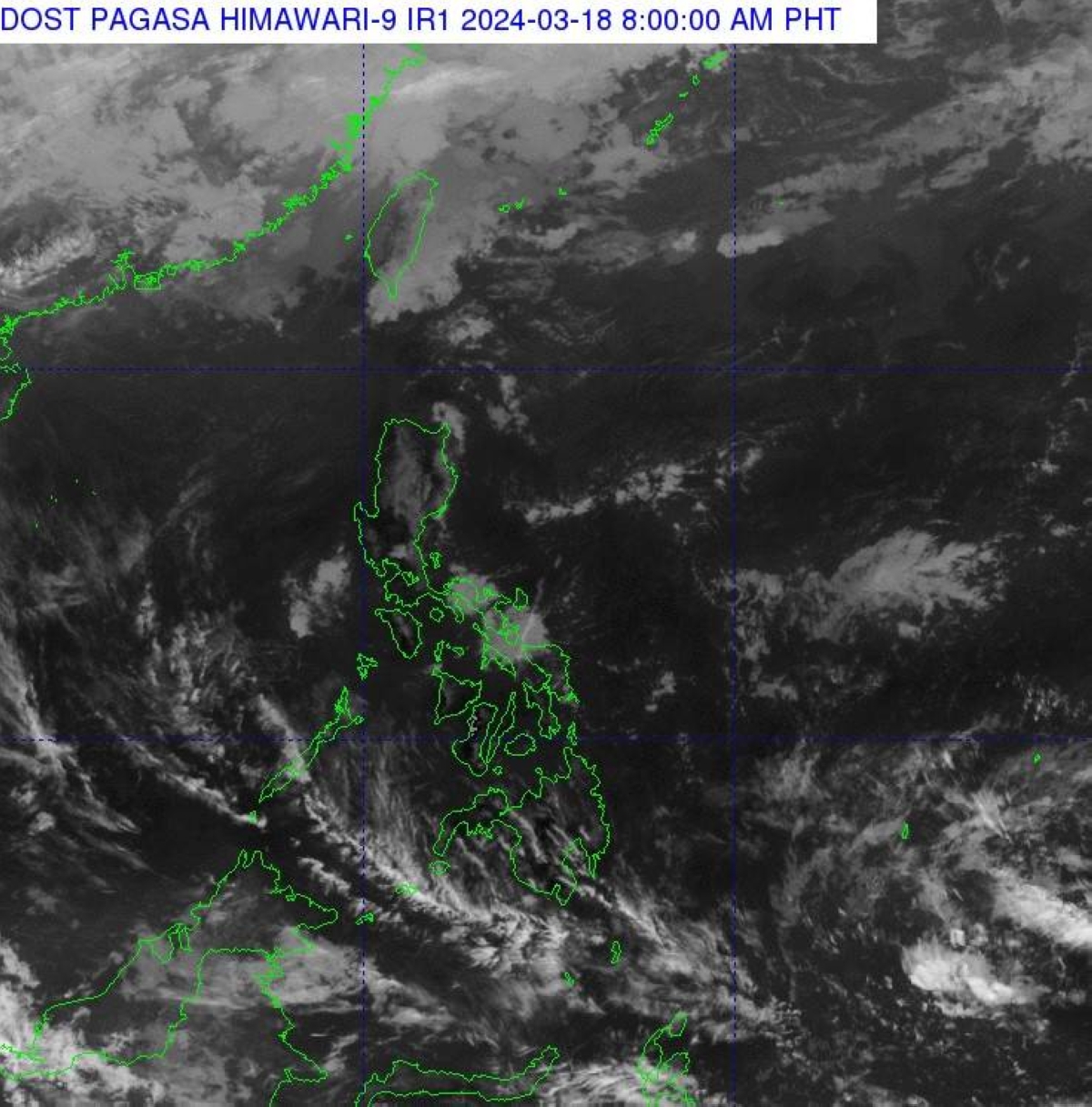Transition from Northeast Monsoon to Warm-Dry Season in the Philippines
The Philippine Atmospheric, Geophysical and Astronomical Services Administration (PAGASA) has announced that the northeast monsoon, also known as “amihan,” is nearing its end, making way for the warm and dry season. This transition, which brings about changes in temperature and weather patterns, is eagerly awaited by many Filipinos.
According to weather specialist Benison Estareja, the northeast monsoon is currently affecting areas in extreme northern Luzon. However, its influence may still be felt in the form of cold nights and mornings in southern Luzon until it completely dissipates. Estareja emphasized that these lingering effects are likely to be the last, as the warm-dry season approaches.
In its 5 a.m. advisory, PAGASA reported that the easterlies, winds originating from the east and passing through the Pacific Ocean, are now affecting the entire archipelago. These winds carry with them humid and warm weather, contributing to the transition from the cool northeast monsoon to the warmer and drier conditions.
As a result of the combined effects of the easterlies and localized thunderstorms, metro Manila and the rest of the country can expect partly cloudy to overcast skies with scattered rain showers or thunderstorms. This weather pattern is typical during this transitional period, as the influence of both the northeast monsoon and the easterlies can still be felt.
It is important to note that the transition from the northeast monsoon to the warm-dry season may vary in different parts of the country. Local laws, customs, and geographical factors can influence the timing and intensity of this transition. Therefore, it is advisable for individuals to stay updated with local weather forecasts and advisories provided by PAGASA.
For those living in areas still experiencing the remnants of the northeast monsoon, it is recommended to continue taking necessary precautions to stay warm during cold nights and mornings. As the warm-dry season approaches, it is also essential to prepare for the shift in weather conditions, such as ensuring proper hydration and protection from the sun’s rays.
Understanding the weather patterns and transitions in the Philippines is crucial for both locals and international visitors. By familiarizing themselves with the local climate and weather conditions, individuals can better plan their activities and make the most of their time in the country.
In conclusion, the northeast monsoon, or “amihan,” is coming to an end in the Philippines, paving the way for the warm and dry season. The easterlies, which bring humid and warm weather, are now affecting the entire archipelago. As the transition occurs, metro Manila and the rest of the country can expect partly cloudy to overcast skies with scattered rain showers or thunderstorms. It is important to stay updated with local weather forecasts and advisories to ensure preparedness for the changing weather conditions.







